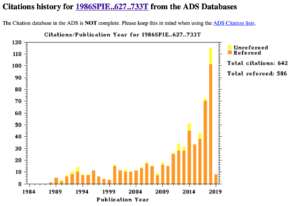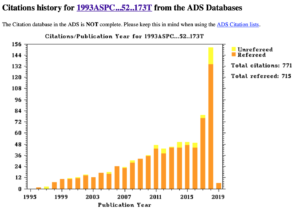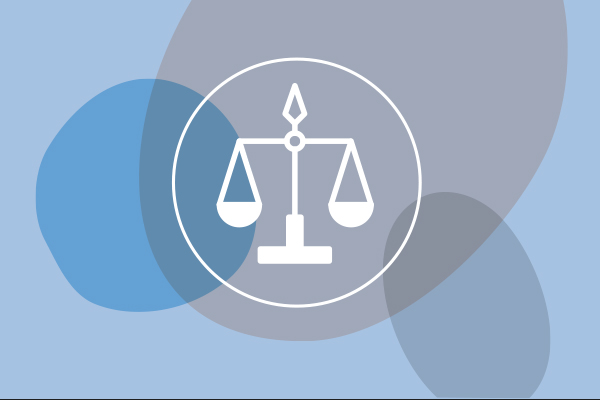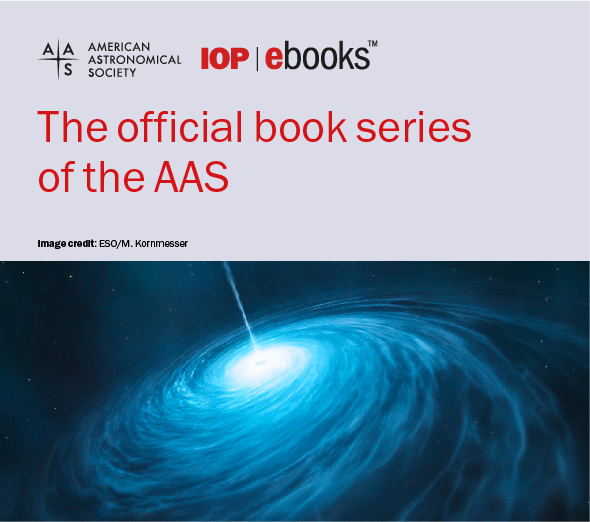Software citation suggestions
17 January 2019
The AAS Journals encourage software citation in a few ways. We have an explicit software policy and added the LaTeX \software{} tag to emphasize code used. We also implemented a review process to try to fix problematic behaviors in submissions.
Two problematic behaviors are a) authors who make no (zilch, nada) mention of the research software used in their work or b) mention software only by name. In case (b) the author may struggle with finding preferred citations for the code(s). Though developers have gotten better at documenting what they want and the Astrophysics Source Code Library (ASCL) is a great 1-stop shop née library for this information, it may still be unclear what to reference. A new tool authors can use to discover preferred software citations is The Software Citation Station developed by Tom Wagg and Floor S. Brookgaarden. The goal of the website is to ”To encourage, streamline, and standardize the process of citing software in academic work …’. Authors are encouraged to use this website and the ASCL to obtain the proper citations for the codes they use in their work.
We also see folks fall into patterns for mentioning big packages only by name (“too big to cite”).
Our Data Editor(s) review 90-100% of all submissions for data content and software citation. For many of the most highly mentioned (but uncited) codes or packages, we give authors recommended citations to use. One “too big to cite” example is IRAF (See the ASCL entry). Here are the two citations we’ve been suggesting authors use when they’ve mentioned IRAF:
https://ui.adsabs.harvard.edu/?#abs/1986SPIE..627..733T
https://ui.adsabs.harvard.edu/?#abs/1993ASPC…52..173T
We took a look at how these articles are being cited in the literature over time. Since we’ve implemented our “at submission software citation suggestions” (~2017.5) for this code the rate of reference for the two articles has increased by ~150%.

Citation counts over time for the article “The IRAF Data Reduction and Analysis System” by Tody (1986)

Citation counts over time for the article “IRAF in the Nineties” by Tody (1993)
We hope this is good motivation for developers to state how you want attribution for the tools you provide the research community. We also know it is hard work to keep up with rapid changes in software versions and developer preferences/publications. So lastly we remind developers and authors that new functionality is available in the NASA ADS (@adsabs) index and Zenodo (@ZENODO_ORG) repository to help you keep track of this bibliographic information (see our recent post!). Further @asclnet records are being updated regularly by their curation team and through author contributions. What does this mean for you?
The main take away is to be an active participant in developing and maintaining bibliographies. Developers should review carefully the metadata associated with their records, esp authors, versions, descriptions. Is it indexed correctly? Everywhere an author could find it? Authors should take advantage of bibtex and \bibitem export for codes available in @adsabs to build complete, current, and correct bibliographies for the research software used. Oh, and please don’t overlook detailing how you used these tools when describing your work in a submitted manuscript.




